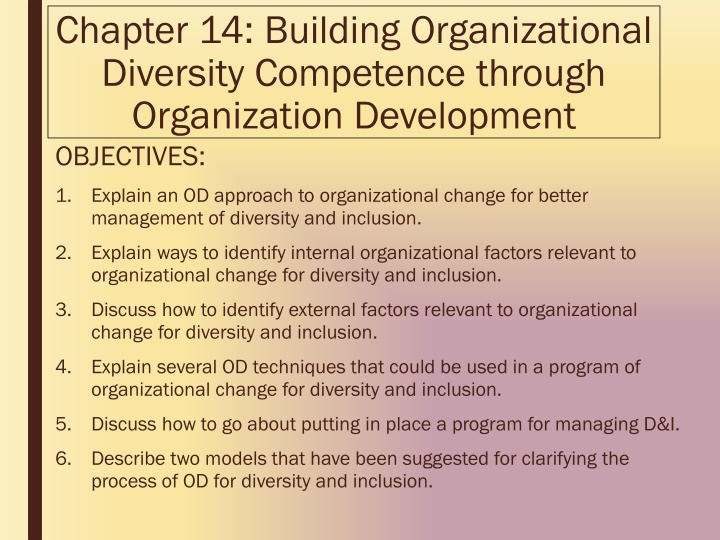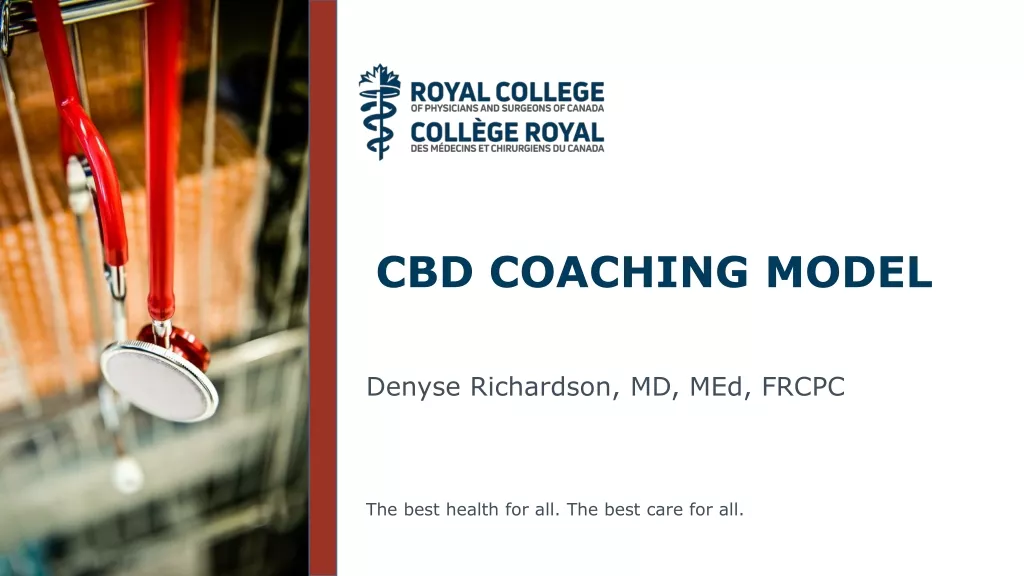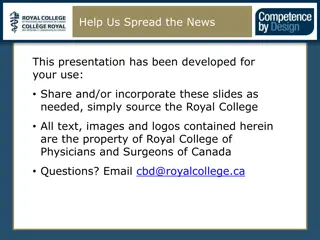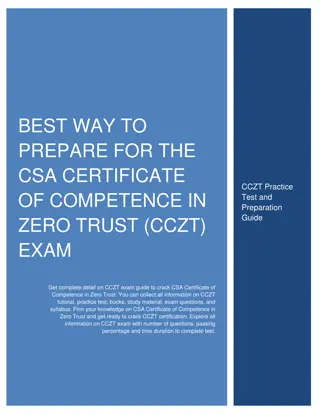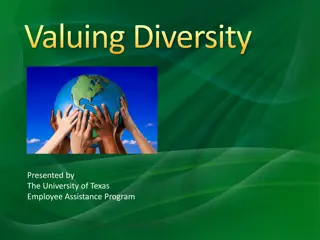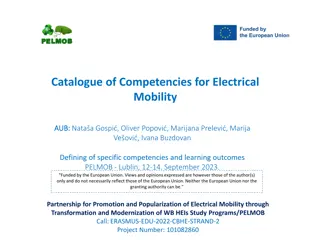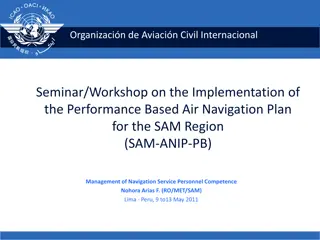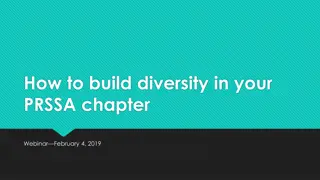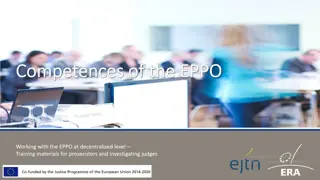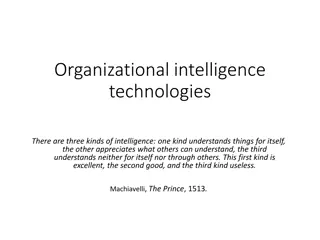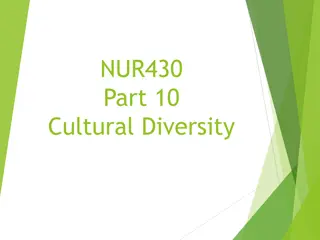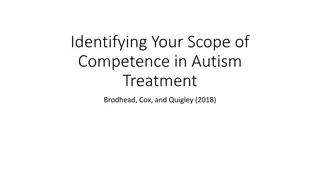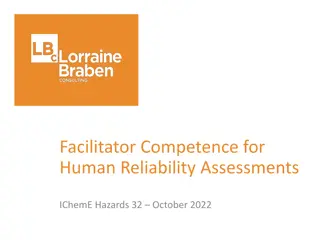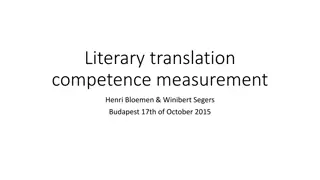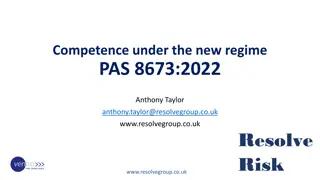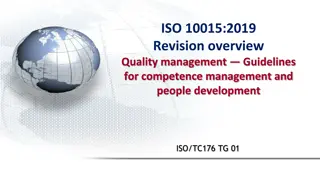Building Organizational Diversity Competence Through OD
This content explores the process of organizational development (OD) for managing diversity and inclusion, focusing on identifying internal and external factors, implementing OD techniques, and establishing programs for D&I. It discusses models, organizational change, diversity training, and action research as tools for successful change.
Uploaded on Apr 04, 2025 | 2 Views
Download Presentation

Please find below an Image/Link to download the presentation.
The content on the website is provided AS IS for your information and personal use only. It may not be sold, licensed, or shared on other websites without obtaining consent from the author.If you encounter any issues during the download, it is possible that the publisher has removed the file from their server.
You are allowed to download the files provided on this website for personal or commercial use, subject to the condition that they are used lawfully. All files are the property of their respective owners.
The content on the website is provided AS IS for your information and personal use only. It may not be sold, licensed, or shared on other websites without obtaining consent from the author.
E N D
Presentation Transcript
Chapter 14: Building Organizational Diversity Competence through Organization Development OBJECTIVES: 1. Explain an OD approach to organizational change for better management of diversity and inclusion. 2. Explain ways to identify internal organizational factors relevant to organizational change for diversity and inclusion. 3. Discuss how to identify external factors relevant to organizational change for diversity and inclusion. 4. Explain several OD techniques that could be used in a program of organizational change for diversity and inclusion. 5. Discuss how to go about putting in place a program for managing D&I. 6. Describe two models that have been suggested for clarifying the process of OD for diversity and inclusion.
Finding Qualified People of Color and Women in High Tech Development of organizational diversity competency can be thought of as following the steps of awareness, understanding, and action Women and ethnic minorities are not represented in high tech industries Trust Radius is a company that reviews business technology, and its founder and CEO, Vinay Bhagat, began conducting survey of tech industry workers about the status of color in the tech world after the death of George Floyd He showed his awareness of racial inequity Some of the organizations had a high level of understanding It is not known because of lack of data whether action has been taken in the tech industry
Organizational Development Refers to an approach that is planned, integrated, system-wide management support, long-term, based on behavioral science and designed to improve organizational functioning and the development of individuals The OD approach is consistent with the goals and philosophy of a good program for managing DEI and should not be seen as a separate change effort but instead incorporated in all aspects of the organization Diversity Training is the most common aspect of DEI and often starts with a focus on preventing or responding to harassment and discrimination Successful change requires Understanding of organizational environment, structures and processes, sources of resistance and support, techniques for bringing about change, and realization that making change is not enough, it must be institutionalized
Action Research Action research is a three-stage repeating cycle (Kurt Lewin) 1. Data collection and diagnosis 2. Planning and implementation 3. Collection of new data and evaluation Lewin also described three steps of unfreezing, change, and refreezing Action research is useful for implementing and evaluating programs Evidence-based recommendations for DEI initiatives are hard to make because study conclusions are often ambiguous
Culture Audit First step: Identifying why DEI organization change is desirable or necessary This step should suggest how and which differences can be leveraged to improve the organization s management of DEI Culture audit Refers to data collection to provide a current picture of individual, group, and organizational level factors relevant to DEI Should identity problem areas, ways of addressing them, people who may be helpful or resistant and necessary resources identification of the organization s roots or fundamental corporate culture
Exploring Resistance to Diversity Diversity Resistance Any work behaviors or practices that obstruct the use of diversity as an opportunity for the organization to learn and become more effective Examples: Avoidance, procrastination, argument, backlash or manipulative responses Resistance can be individual behavior or organizational practices which can be overt or subtle Overt: discrimination, graffiti, offensive posters, violence, etc. Subtle: exclusion, avoidance, distancing, etc. Addressing Resistance Specific actions to prevent or eliminate resistance cannot be recommended because its forms are so many and its causes so varied and complex
Diversity Climate Diversity Climate A shared employee perception of the degree to which an organization s policies and procedures indicate a priority for DEI Measurement of DC is likely to be affected by the general organizational climate Example: Often people are hesitant to report things they believe those above them will not want to hear Those who value diversity are likely to be more comfortable in an organization with a strong positive climate for diversity
Diversity Attitude This is quite simply an attitude toward diversity This is about asking employees about their attitude, personal thoughts and feelings about diversity
Climate or Attitude? Both measures are useful in a culture audit Measures about diversity climate give clues about whether the organization should examine and perhaps change some procedures Measures of diversity attitudes suggest sources of resistance or support, stereotypes, or exclusionary feelings In both surveys, anonymity and confidentiality are critical A third party might be engaged to conduct the survey and compile results
Strategic Planning and SWOT Analysis Strategic Plan Most medium or large organizations conduct strategic planning A strategic plan suggests how to tie DEI initiatives into business strategy SWOT Analysis Strengths, weaknesses, opportunities and threats Diversity professional invites a group of knowledgeable people to participate in identifying factors to support or oppose a plan for DEI Round-robin process could be used
Survey Feedback Starts with an organization-wide survey of factors affecting productivity and satisfaction Systematic presentation of survey results through tiers of the organization (begin with top management) In some cases, subunits deal only with survey aspects involving their group Can be powerful because it is data-based, directly and widely involves people in the organization Survey feedback alone is unlikely to alter organizational functioning unless the information it provides is sufficiently motivating and engaging Tends to be a good way to start an organizational redirection
Process Consultation Focuses on process within a group, team or larger unit Schein (1999) defined it as a creation of a client-consultant relationship that allows the client to perceive, understand and act on the process events Most examples of PC focus on observable processes in interpersonal and small-group interaction From an OD perspective, the observer does not provide expert diagnoses or recommendations but instead asks observation-based questions to facilitate the client s own diagnosis and process improvement
Team Building A facilitator addresses how a group or team functions with respect to its specific task Focuses on the unit s work and on relationships Four aspects in order of priority Setting goals or priorities Considering member roles and responsibilities Investigating the group s norms, process, decision-making, and communication Analyzing interpersonal relationships within the group TB has positive effects on cognitive, affective, group process and group performance outcomes
Appreciative Inquiry Emphasizes activities that can lead to positive and transformational change Involves alteration in the very identity of an organization and its state of being Four-phases process called the 4D Cycle Discovery: dialogues about strengths, accomplishments, positive experiences Dream: imagination of possible futures and development of visions Design: collaborative articulation of a new organizational state along with actions to move the organization in the right direction Destiny: construction of working groups of stakeholders with power and willingness to act 4D Cycle
Job Rotation and Job Redesign Job rotation Movement of employees through different job assignments Done to maintain motivation, ensure cross-training and provide learning opportunities Job redesign Changing the characteristics of work to increase motivation, satisfaction and productivity Job Characteristics Model Uses the job diagnostic survey to measure several attributes This model proposes that these characteristics lead to positive psychological experiences
Putting It All Together Organizational surveys, 360-degree feedback, compensation and reward systems, and talent management are all techniques used by OD professionals that are not specific to DEI OD procedures can sometimes cause harm if they are done by facilitators who are unskilled, unnecessarily confrontational or not sufficiently grounded in diagnostic information Sometimes an incremental approach is wise
Structural Locus of Responsibility To be successful, DEI initiatives must be seen as a priority and aspects of DEI work must be well coordinated Kaley identified three approaches used by employers to increase representational diversity in management Positions with responsibility for achieving increased diversity Training and feedback for managers to address bias and inequality Programs such as mentoring and networking to reduce the isolation of managers form underrepresented groups Largest improvements in representational diversity were associated with structures establishing responsibility
Building a DEI Management Program For a startup, DEI can be built into structure and processes from the beginning Reaching organizational diversity competence is a process of awareness, understanding, and action Attention to awareness of how diversity affects work Understanding based on knowledge about DEI Action to implement changes for managing DEI
Alignment The alignment among various parts of processes of the organization is an important factor When functions are aligned, they all work in the same direction towards the same goal Misalignment limits the success of efforts to improve DEI management
Coxs (2001) Model of Organizational Change According to Cox (2001), Leadership is the most critical element because it provides a vision of change and motivates others by emphasizing the importance of DEI and creating conditions to support change.
Recapping Possible Components Several different activities and programs are commonly found in comprehensive DEI initiatives Scholarships or internships targeted at members of underrepresented groups Review suppliers and customer bases and reach out to more diverse groups if appropriate Routine monitoring of hiring, placement and promotion Overall assessment of alignment Valuing diversity events, diversity training, work and family initiatives and employee resource groups (ERGs)
The Full Integration Model of Diversity Change Agars and Kottke, (2004) created a framework that proposed large- scale diversity management change occurs in three phases Issue identification Implementation Maintenance Four processes underlie employee perceptions about the program at each phase, and the strength of each process varies from one phase to another Social and identity concerns Perceptions of threat Perceptions of fairness and justice Views of utility or usefulness
Benchmarks and Standards Global Diversity, Equity and Inclusion Benchmarks are a set of standards described by 275 indicators in each of 15 categories In each category there are several indicators against which an organization s current status can be compared 1 Inactive, 2 Reactive, 3 Proactive, 4 Progressive, and 5 Best Practice (Place to insert image) Another example of a framework for judging how well an organization addresses DEI issues is standards development
Ethics in DEI Ethical standards generally accepted norms about boundaries of right and wrong SHRM ethics code describes general expectations on topics such as professional responsibility and development, conflicts of interest, and fairness. SIOP affiliate of the American Psychological Association more relevant to dilemmas in therapy and education than in work organizations or DEI ACCT Anticipate, consult, costs & benefits, talk
Wrapping Up To become a knowledgeable and skilled diversity professional, one should have an interdisciplinary foundation of the kinds of concepts and information presented in this text The aspiring diversity professional should be aware of professional organizations that have become centers of expertise in the knowledge base and practice of DEI At this time, there is no single widely accepted certification for professionals in the field of DEI, but such credentials now exist and are likely to increase Management of difference among people at work is both challenging and rewarding
